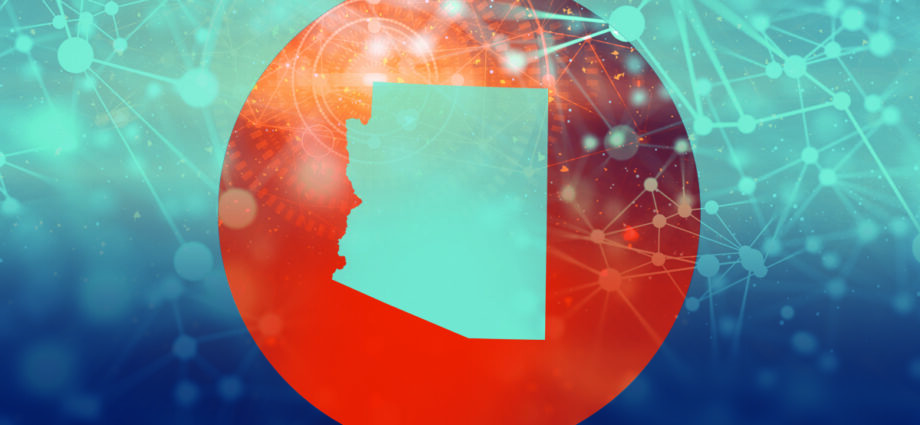Post
Post
Share
Annotate
Save

With the 2022 debut of OpenAI’s revolutionary chatbot, ChatGPT, artificial intelligence (AI) tools have exploded in popularity. In February, OpenAI announced it had surpassed 400 million ChatGPT users worldwide. Two months later, it was up to 800 million.
Investors are racing to capitalize on the growing market. Equity investments in generative AI jumped from $5 billion in 2022 to $36 billion in 2023, according to a McKinsey report. McKinsey predicts revenue from AI software and services could exceed $1.5 trillion by 2040.
The technology sector is now planning and building the infrastructure to support this growth. In recent months, companies like Apple, NVIDIA, and OpenAI have announced hundreds of billions of dollars’ worth of new investments across the AI supply chain.
Behind every ChatGPT inquiry lies a complex web of digital infrastructure, and the need for more keeps growing. AI models require vast campuses of high-tech data centers, abundant energy inputs, cutting-edge microchips, and a new breed of experts to design and train AI programs.
Some states are positioned to capitalize on the AI boom. And one state, Arizona, demonstrates the dispersed nature of AI investments.
America’s AI Factory
In February, Apple announced plans to invest more than $500 billion over the next four years across at least nine states, its largest ever capital investment commitment. The investment will support AI innovation, data centers, advanced manufacturing, and more—including a multibillion-dollar commitment to produce advanced silicon in Taiwan Semiconductor Manufacturing Co. (TSMC)’s Arizona “fab,” or production facility.
TSMC, the world’s leading chip manufacturer, has significant expansion plans of its own in the Grand Canyon state.
The company had already announced plans to build three advanced chipmaking fabs north of Phoenix for $65 billion, and its first fab began high-volume production in Q4 2024, using N4 process technology with a yield comparable to its fabs in Taiwan. In February, TSMC announced it will invest at least $100 billion more in Arizona to build three semiconductor fabs, as well as two advanced packaging facilities and a major research and development center.
TSMC’s second fab, which will use 3-nanometer process technologies, is complete, and its third, which will use N2 and A16 process technologies, broke ground in April, ahead of schedule.
Apple isn’t the only high-profile customer lining up to take advantage of TSMC’s leading-edge chipmaking services. Both NVIDIA and Advanced Micro Devices (AMD) are producing their next-generation AI processors at TSMC’s Arizona fab: a first for the U.S. “TSMC’s new fabs will be the foundational pillar of a new technology supply chain centered in the United States,” Nvidia tweeted in March.
A Reputation for Innovation
Arizona’s reputation for pioneering breakthroughs goes well beyond microchips.
A decade ago, the state’s early embrace of automated vehicle technology has led to the development of the “largest fully autonomous service area in the world,” with Waymo and other industry leaders offering fully driverless rides across more than 180 square miles.
Today, Arizona has become a hotspot for high-tech data centers powering the AI revolution. Google, Apple, Meta, Oracle, Microsoft, Amazon, PayPal, American Express, and GoDaddy operate data centers in Arizona, and more are on the way.
The Phoenix region is the no. 2 destination in the U.S. for planned data center growth, with 757 megawatts of data storage under construction and 3,766 more megawatts of capacity planned. Over the last decade, the region has added 2.71 million square feet of new data centers.
Arizona’s vibrant data center market benefits from the state’s low cost of energy and highly ranked grid reliability, due to relatively few weather-related power outages.
Including nuclear energy, more than 44% of Arizona’s power generation comes from clean or renewable sources, an increasingly important consideration among environmentally conscious tech companies. The state is home to the nation’s second-largest nuclear power plant, Palo Verde Nuclear Generating Station, and offers a long-standing familiarity with the nuclear industry.
Training Tomorrow’s AI Leaders
Arizona’s schools have been quick to pioneer training regimens for tomorrow’s AI experts, with 22 AI-related programs at its universities and community colleges. Arizona State University, ranked America’s most innovative university for 10 years by Computer Science, is no. 3 nationally for AI research.
ASU’s School of Computing and Augmented Intelligence has 8,000 undergraduate and 4,000 graduate students.
“This is the driving engine constantly producing talent into the AI and computer science fields,” said Yezhou “YZ” Yang, associate professor and leading AI, computer vision, and robotics researcher. “It’s the powerhouse that helps the region adopt AI.”
In addition, in 2020, the Maricopa Community Colleges in the Phoenix region became the nation’s first higher-learning institution to offer an associate’s degree in AI and machine learning.
The combination of leading tech companies and a robust talent pipeline has produced an explosion in AI startups. Arizona boasts more than 233 AI-related startups—and that number is growing.
“What is attractive about Arizona?” said Andrew Bart, cofounder of AlgoFace, a rapidly growing AI facial-analysis startup in the state. “The abundance of talent is number one.”
Learn more about how Arizona is powering the growth of AI.

